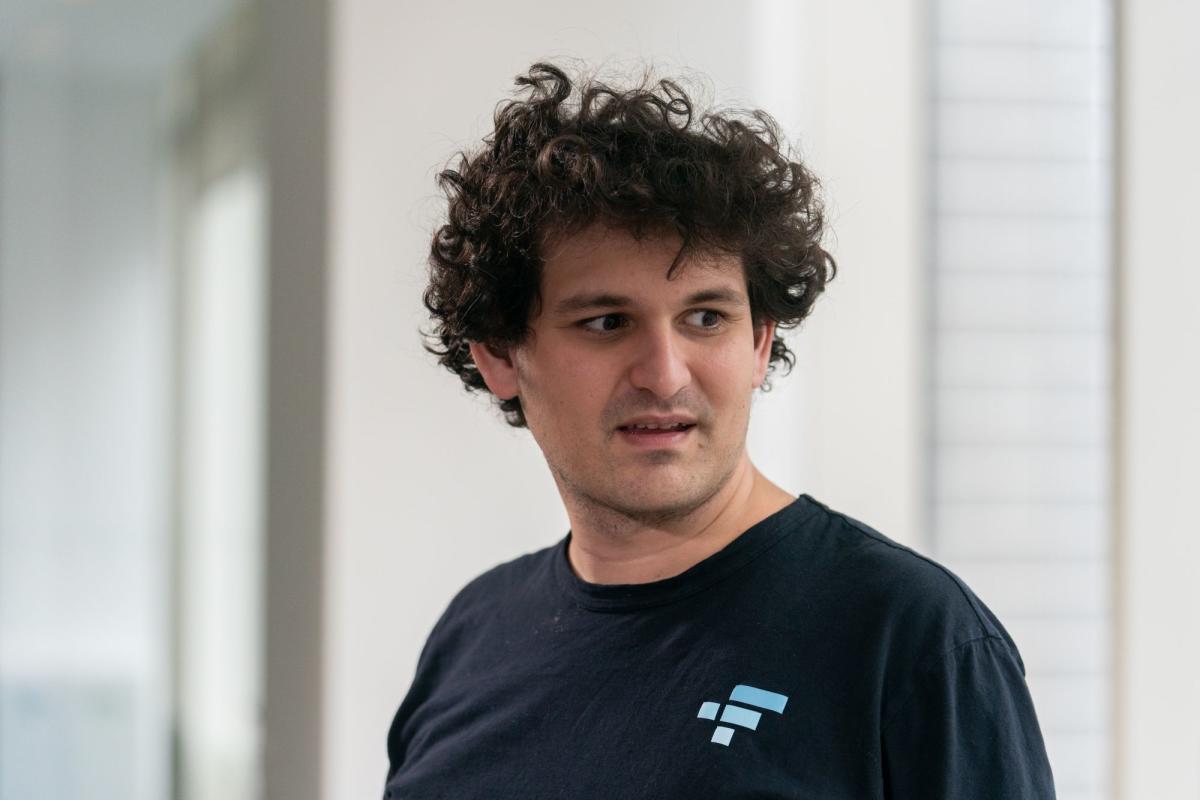Business News
FTX’s Bankman-Fried apologises, denies trying to commit fraud

- Bankman-Fried expresses regret but denies trying to commit fraud.
- The founder of FTX admits at a conference that he made “a lot of mistakes” and is “shocked” by new information about the collapse of the exchange.
Sam Bankman-Fried, the former CEO of FTX, has expressed regret for the “many mistakes” involved in the abrupt demise of the cryptocurrency company but insisted that he did not intentionally engage in dishonest behavior.
“I didn’t ever try to commit fraud on anyone,” Bankman-Fried said on Wednesday at the DealBook Summit, hosted by CNBC and The New York Times.
“I’m deeply sorry about what happened,” Bankman-Fried said. “Clearly I made a lot of mistakes or things I would be able to give anything to be able to do over again.”
Many of the details that emerged during FTX’s collapse “shocked” Bankman-Fried, who was speaking by video from the Bahamas and wearing his signature basic t-shirt. He suggested that the issues were caused by poor corporate supervision rather than a deliberate attempt to mislead.
According to the Wall Street Journal at the time, FTX had seized $10 billion in client funds without consent.
The connection between FTX and Alameda Research, a connected trading firm, has received a lot of attention.
While acknowledging an “embarrassing” lack of attention to conflicts of interest between the two firms, Bankman-Fried insisted he was unaware of the specifics and did not manage Alameda.
On November 11, when FTX filed for bankruptcy protection due to a significant funding gap and a flood of withdrawal requests from anxious consumers, he announced his resignation from the company. The company’s peak value was at $32 billion.
“You don’t get into the situation we got in if you make all the right decisions,” SBF said during his chat. “If I’d been more careful … there are a billion things I could have done.” In the interview, Fong talked about the alleged “backdoor” that was mentioned in a Reuters article that said, “executives set up a book-keeping backdoor.”
SBF denied the “backdoor” claims when he spoke with Fong, and he insisted that he “literally never opened the codebase for any of FTX.” “That’s definitely not true … I don’t even know how to code,” the former FTX CEO remarked. SBF said he doesn’t know exactly what the Reuters article was referring to when they published a story about the backdoor. SBF said, however, it may have been a “poorly labeled accounting thing,” when he stated:
READ ALSO: Due to the FTX collapse Bitcoin dips below $16K
Who Is Sam Bankman-Fried?
Sam Bankman-Fried, also known as SBF, is one of the most renowned names in the bitcoin world. He’s not well-known for anything now, though.
Bankman-Fried was a crypto wunderkind who had been ascending the Bloomberg Billionaires Index’s ladder board until this month. But it was before FTX, the enormous cryptocurrency exchange he built, crashed.
The seismic activity that caused SBF’s empire to crumble exposed FTX and its affiliates for bad management and accused client money misappropriation.
As a result of allegations that his cryptocurrency exchange used $10 billion in client funds to support his sister company Alameda Research, SBF and FTX are currently being investigated in the US and other nations for potential securities crimes.
Following FTX’s demise, the exchange, Alameda Research, and 130 related businesses operating under the FTX Group name have all declared bankruptcy.
Following his graduation from the Massachusetts Institute of Technology in 2014 with a degree in physics, Bankman-Fried started his professional career as a trader at Jane Street Capital.
He specialized in exchange-traded fund-focused arbitrage trading tactics at Jane Street (ETFs). In an arbitrage deal, a trader buys an asset in one market and immediately sells it for more money in another market, locking in a profit with no risk.
He spent three years at Jane Street before discovering cryptocurrencies in late 2017. By the end of November 2017, Bitcoin (BTC) was trading at about $10,000 and was beginning to acquire significant traction in traditional finance.
The market was still in its infancy, and the infrastructure for crypto trading was thin. Although there were many purchasers entering the market, there were few companies offering platforms for purchasing and trading cryptocurrency.
Due to the extremely volatile pricing and the highly inefficient nature of the market, Bankman-Fried instantly saw the immense potential for arbitrage in cryptocurrencies.
He started off by concentrating on a Japanese arbitrage transaction that entailed purchasing Bitcoin in the United States and selling it in Japan, pocketing up to 10% due to price disparities.
The “kimchi premium,” or the time when cryptocurrency prices are higher in Korean won than in other currencies, was a factor in this trade.
Bankman-Fried established the quantitative trading company Alameda Research in November 2017, not long after turning 25 and as funding started to come into his business.
